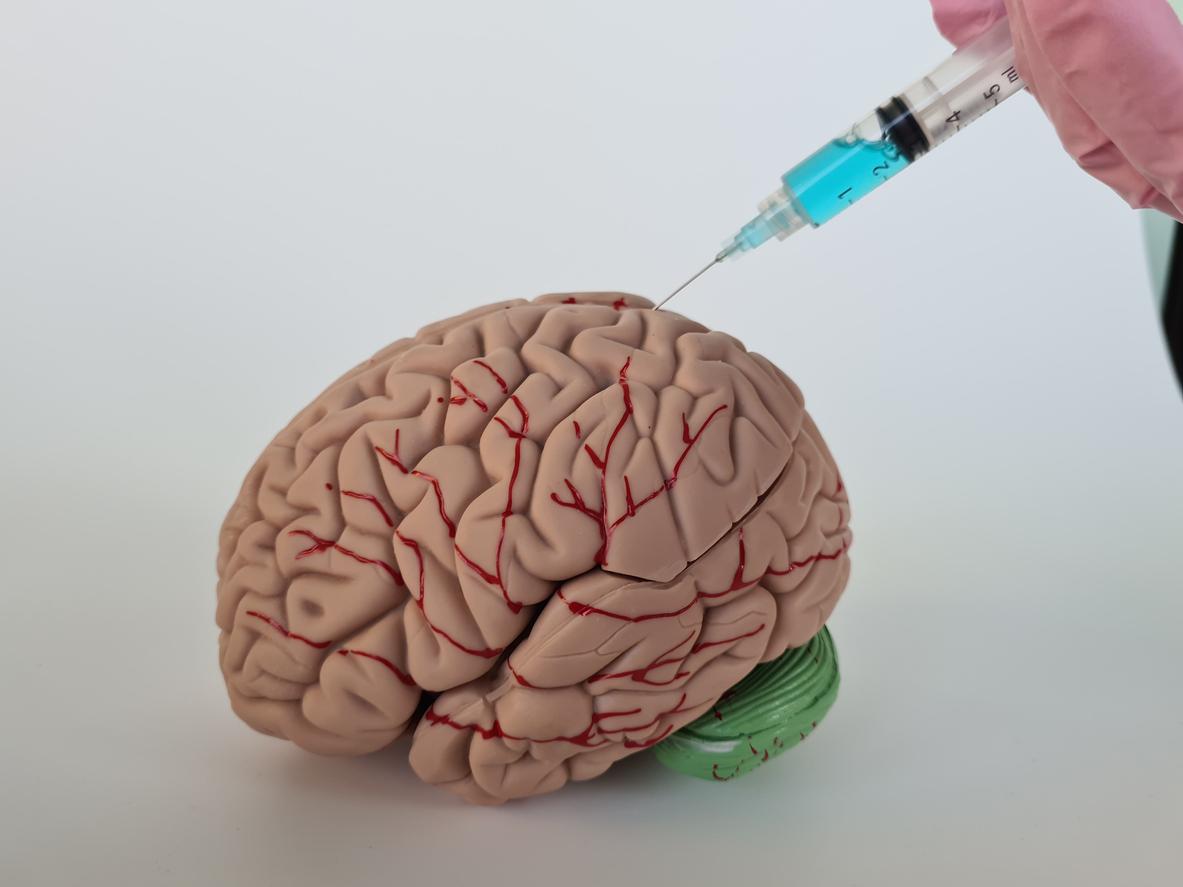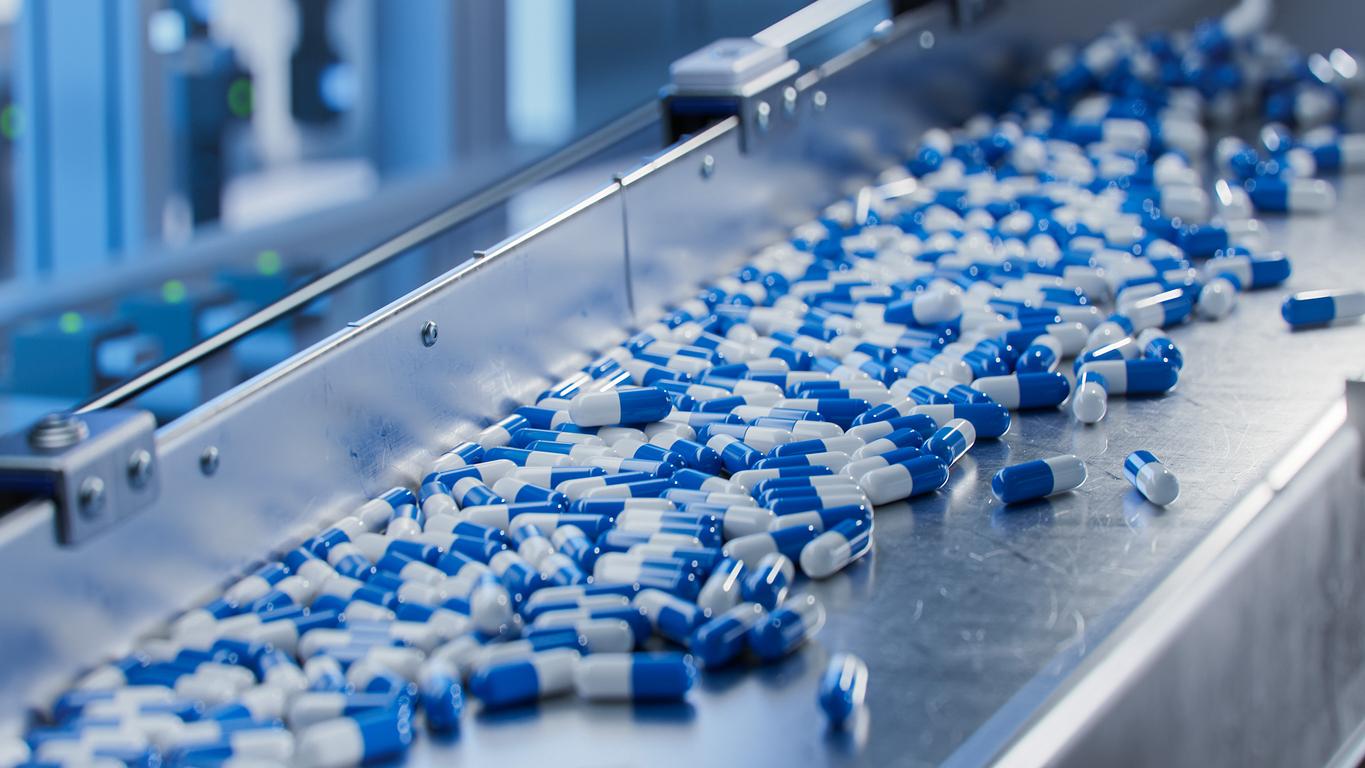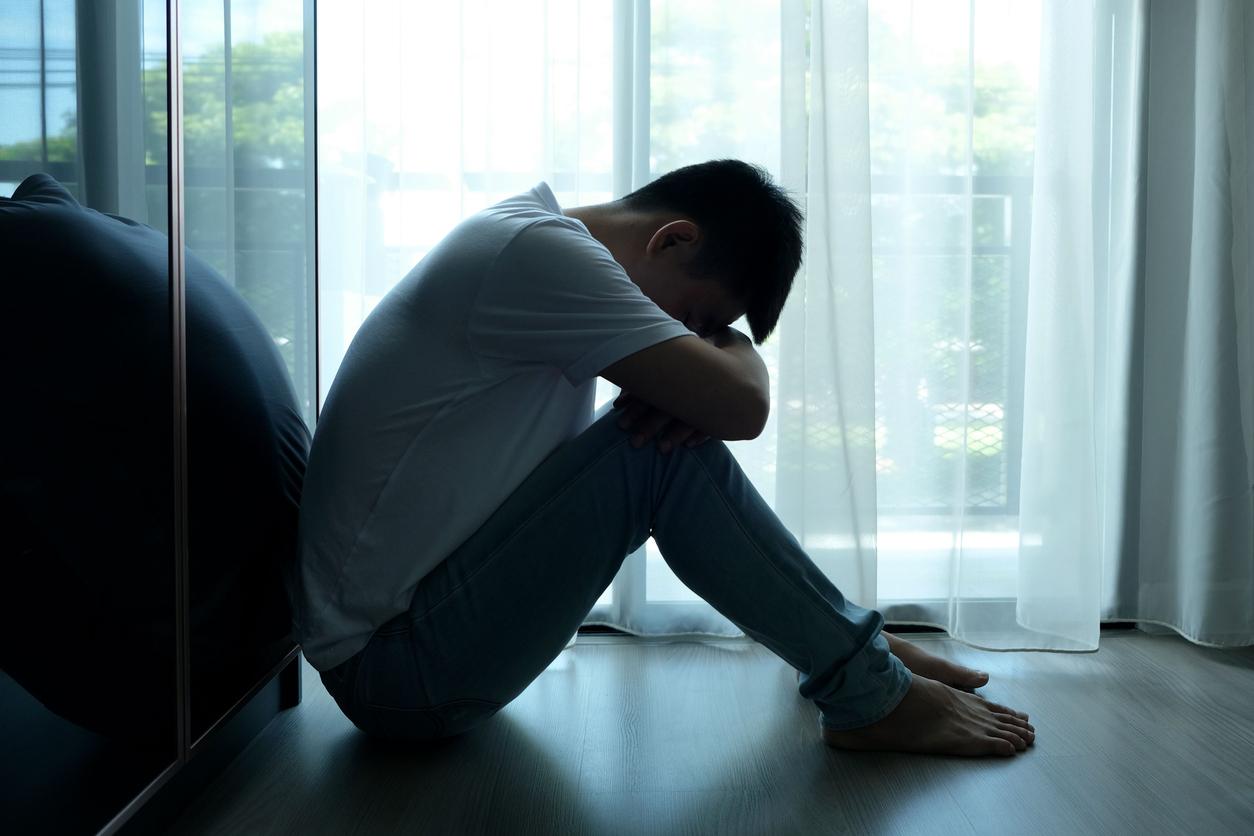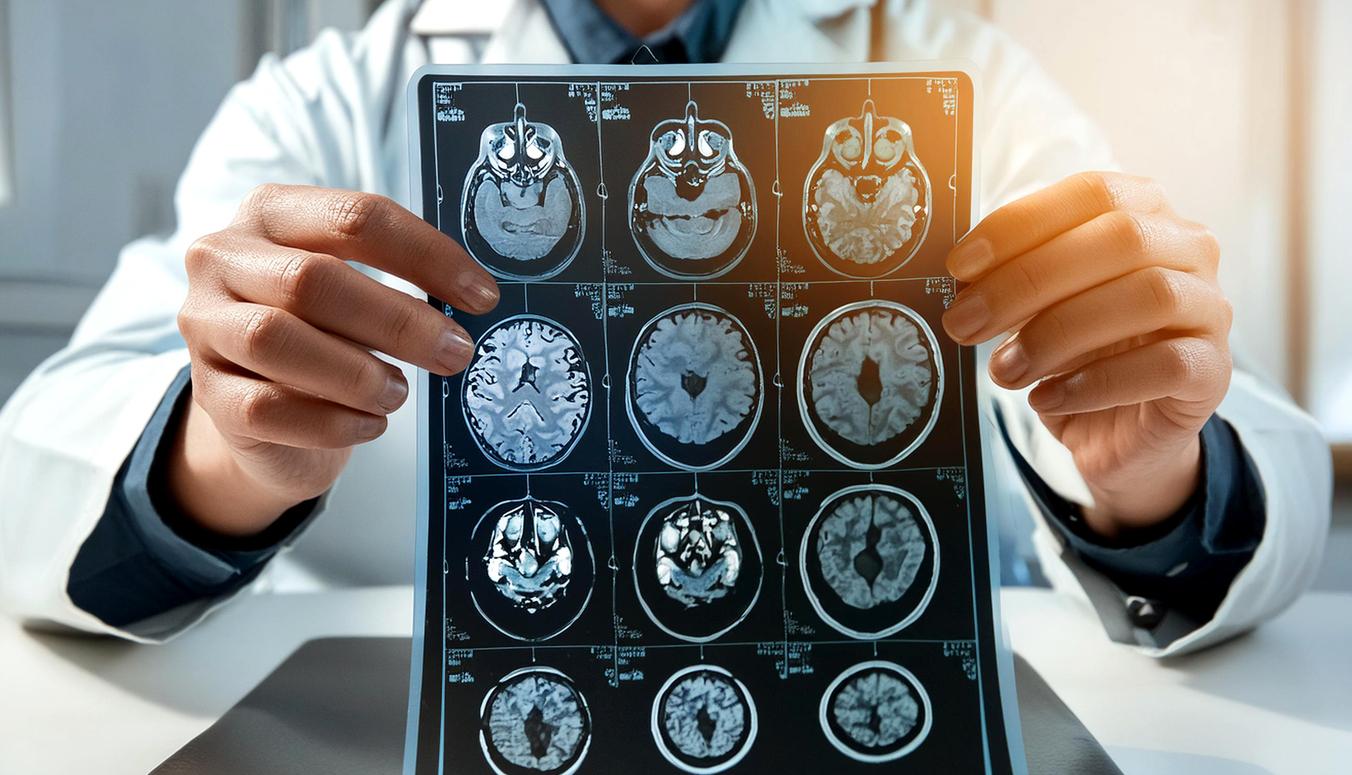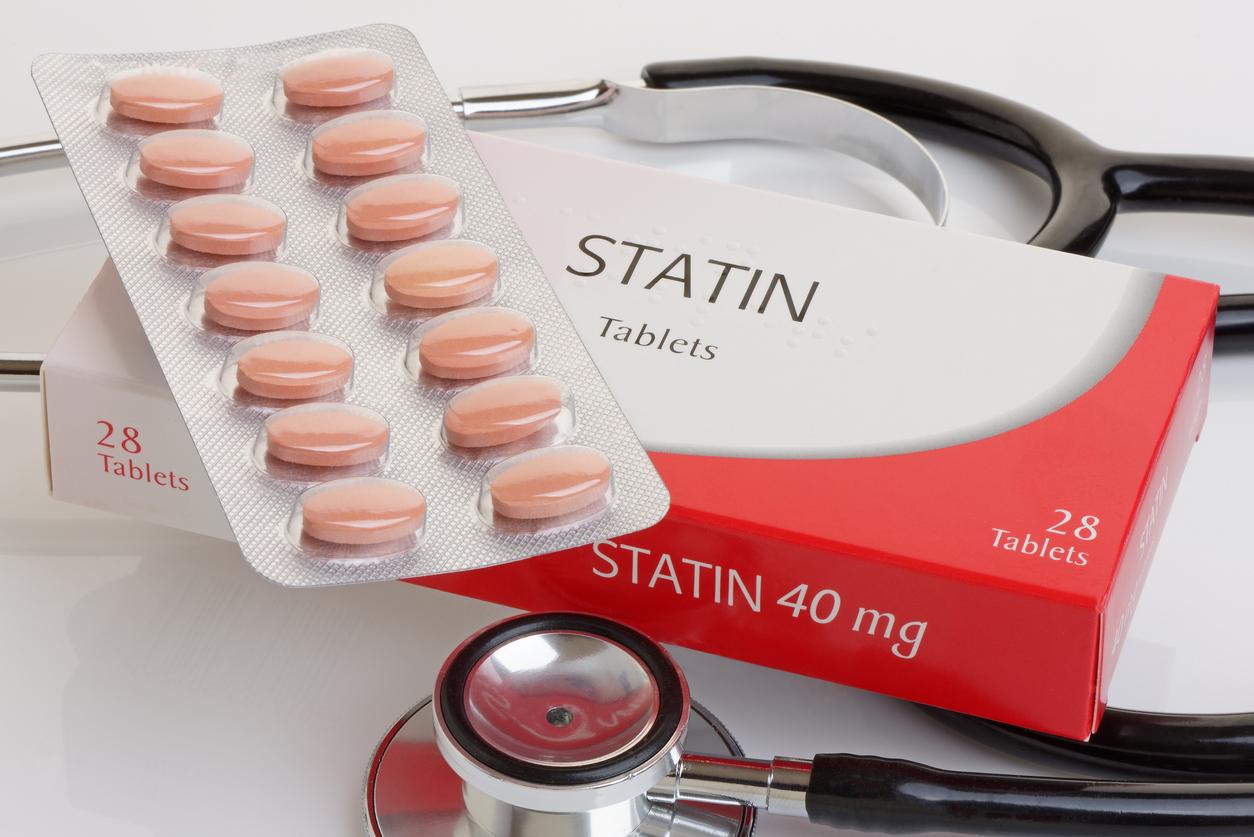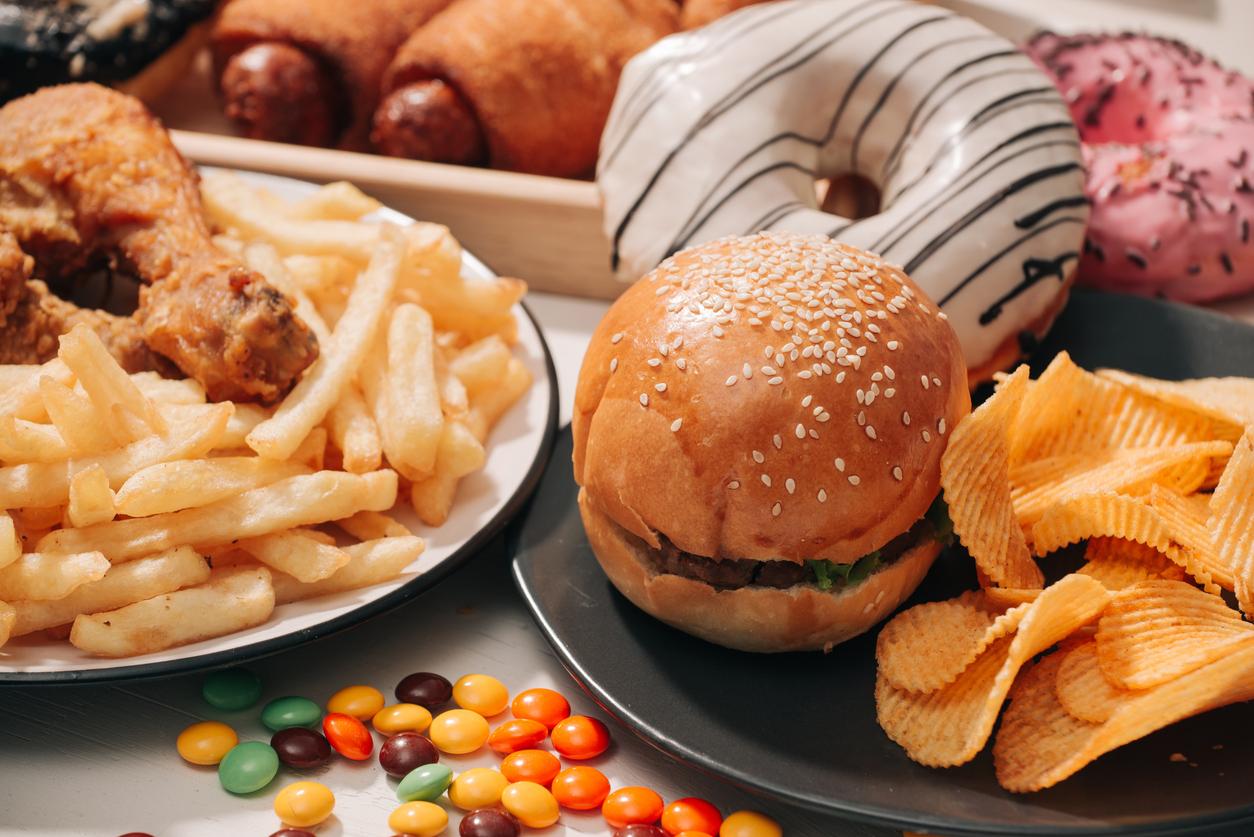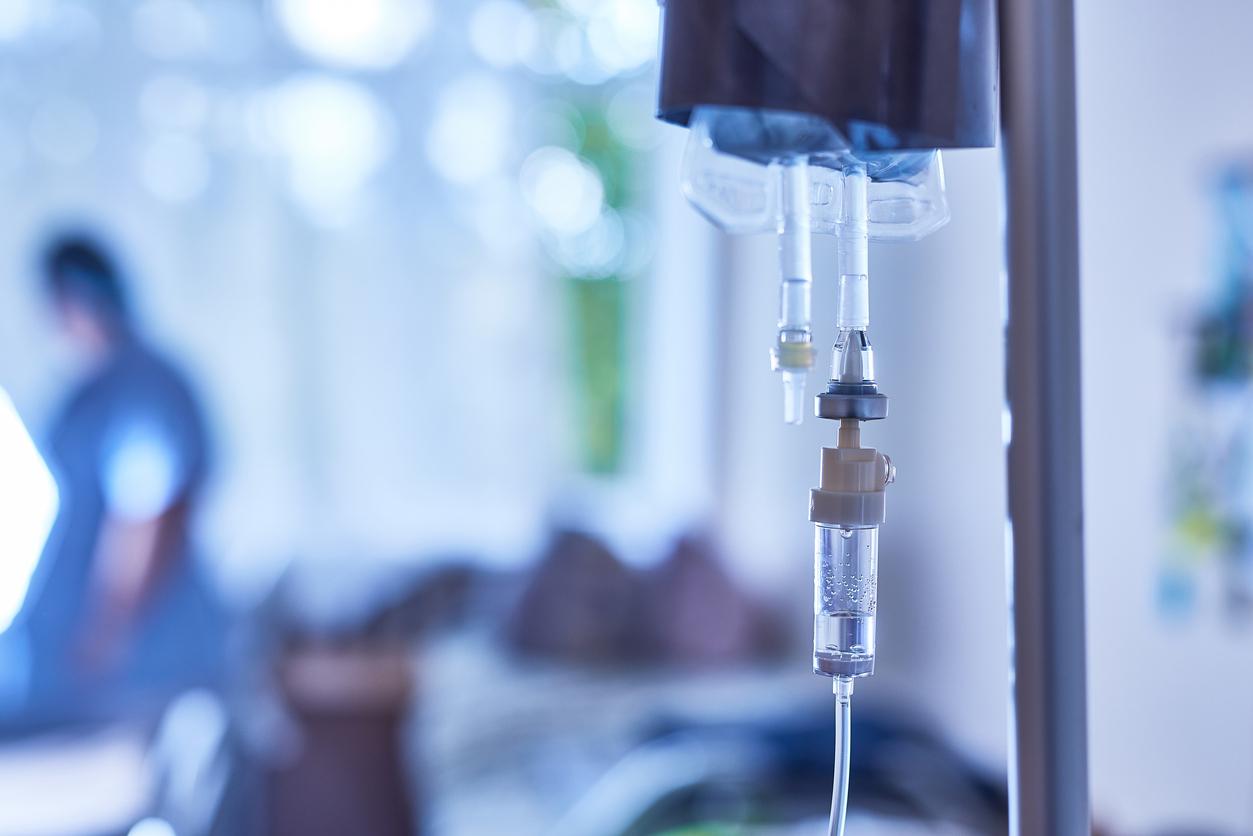
If your grandchild has kidney problems
When there is a suspicion of kidney problems in children, the first step is to go to the doctor. But what about from there? What tests and treatments are there? And do kidney problems in a child disappear completely?
Kidney problems in children are in many cases already detected at the 20 week ultrasound. But sometimes there is a suspicion of kidney damage because, for example, a child has one or more symptoms of kidney problems has. In that case, you will go to the doctor for an examination.
The GP will initially take a critical look at the specific situation. Many complaints that occur with kidney damage can also have other causes. If your doctor then indeed thinks of kidney problems, he will order blood and urine tests, because it can be seen if the kidneys are not working properly. He will also measure blood pressure, because reduced kidney function often raises blood pressure. When blood, urine or blood pressure deviate from the normal values, the child is referred. First to the pediatrician in the hospital, who may refer you to the pediatric nephrologist (specialist in kidney diseases in children) or the pediatric urologist (specialist in abnormalities of the urinary tract in children).
More extensive blood tests
The doctors in the hospital will also initially repeat the blood and urine tests, often a little more extensively than the first time. The blood test mainly looks for the presence of creatinine and other waste products. Creatinine is a harmless waste product from the muscles. The less there is in the blood, the better. When the kidneys don’t work properly, the amount of creatinine in the blood goes up.
Based on the creatinine in the blood, the doctor can calculate the speed at which the kidneys filter the blood for waste products. This is possible for children from 1 year. The outcome is expressed in GFR: Glomerular Filtration Rate. The lower the GFR, the worse the kidneys work. In children older than 1 year, a normal GFR is above 90. Therefore, kidney function is often expressed as a percentage. If the doctor says your child’s kidney function is 60 percent, it actually means the GFR is 60.
The doctor will not make the diagnosis based on the GFR alone, but also looks at other things. For example, he looks at other waste products, signs of anemia and the production of vitamin D. Hereditary diseases are detected with a special blood test: genetic research or DNA analysis.
More extensive urinalysis
The urinalysis will look for the presence of red blood cells, white blood cells and bacteria. The specialist also looks at the concentration of certain substances and the presence of proteins in the urine. The latter are not included. If there are proteins and blood cells in the urine, this could indicate inflammation.
Visual art investigation
It is important to know what the kidneys and urinary tract look like, so the next step – if necessary – is imaging studies. Usually this is an ultrasound, sometimes a CT scan or an MRI scan. With such an examination, the doctors can see whether the kidneys may not be properly constructed or whether they are too small. If the kidneys are swollen, they may not excrete urine properly. An inflammation, kidney stone or cyst can also be detected with such an examination.
Other studies
Another option is renography (Mag3 scan or DMSA scan). A small amount of radioactive material is then injected. A special camera shows how the substance moves through the kidneys and urinary tract and leaves the body again via the bladder. Another commonly used test is the micturition cystogram. A catheter is placed in the bladder through which contrast medium is injected into the bladder. During urination you can see how the urine flows. In children with reflux, the urine partly flows upwards, back to the kidneys. In boys with urethral valves, a narrowing in the urethra can be seen.
Very occasionally the doctor does a kidney biopsy. The specialist then removes a small piece of tissue from the kidney with a hollow needle. In small children this is done under anesthesia. The piece of kidney tissue is sent to the laboratory for examination.
Kidney protective treatment
Usually a diagnosis can be made on the basis of the above examinations. However, sometimes that is not the case. Even if the cause cannot be addressed, the doctor can opt for kidney-protective treatment. For example, if there is a lot of protein in the urine, it will further damage the kidneys. Drugs are then tried to reduce the amount of protein in the urine. In this way, the kidneys can still be protected, even if it is not clear why so much protein is passed out.
Medicines
Once a diagnosis has been made, children with chronic kidney damage are often treated with medication. They also sometimes get a special diet. Such a treatment is aimed at preserving the existing kidney function for as long as possible, because with chronic kidney damage, the kidneys deteriorate further and further. It also helps against complaints such as anemia, fluid retention and growth retardation. These complaints do not always go away completely, but they at least reduce. In addition, treatment protects the heart and blood vessels. Children with chronic kidney damage are more likely to develop cardiovascular disease later in life because the blood vessels are damaged. Because the drugs cause less damage, the risk of these conditions is also reduced. It differs per child which medication is needed. That depends, among other things, on the severity and cause of the kidney damage.
Of course, the doctor does not only try to preserve the existing kidney function, but the doctor also tackles the cause of the kidney problems if possible. For example, abnormalities in the urinary tract can sometimes be treated surgically. And in hereditary diseases and for inflammation there are certain medicines.
Kidney failure
If it is discovered that a child’s kidneys are functioning less than 10-15 percent, then dialysis or kidney transplant is also necessary. We also call this renal failure or end-stage renal failure. In the Netherlands this affects several dozen children per year. Because children can die from this (and adults too for that matter), immediate intervention is necessary. There are then two options. The first is a kidney transplant, in which the child receives a kidney from a living or deceased donor. The second option is cleaning the blood by means of dialysis, in which waste products, excess salt and fluid are filtered from the blood.
Sources):








